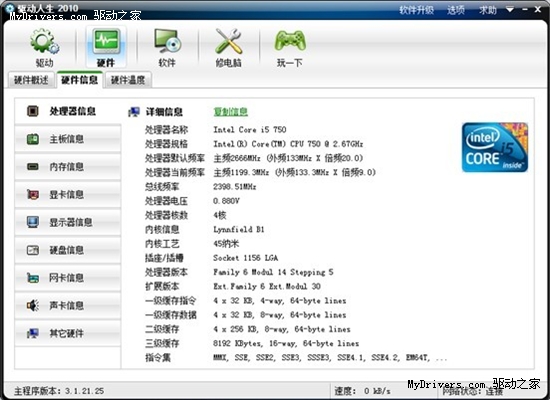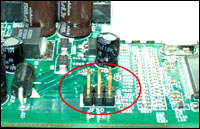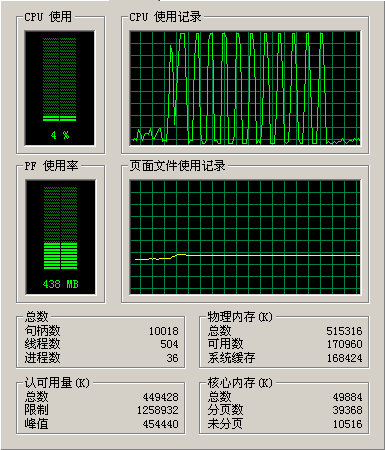TopN方法
select Top(@PageSize) from TableName where ID Not IN
(Select Top ((@PageIndex-1)*@PageSize) ID from Table Name where .... order by ... )
where .... order by ...
临时表
复制代码代码如下:
declare @indextable table(id int identity(1,1),nid int,PostUserName nvarchar(50))
declare @PageLowerBound int
declare @PageUpperBound int
set @PageLowerBound=(@pageindex-1)*@pagesize--下限
set @PageUpperBound=@PageLowerBound+@pagesize--上限
set rowcount @PageUpperBound
insert into @indextable(nid,PostUserName) select ReplyID,PostUserName from TableName order by ......
select * from TableName p,@indextable t where p.ID=t.nid
and t.id>@PageLowerBound and t.id<=@PageUpperBound order by t.id
CTE--2005新语法,类似临时表,但是生命周期稍微不同,这里只是他的一个运用
with cte_temp--定义零时表,PageIndex是一个计算字段,储存了搜索结果的页号
As (ceiling((Row_Number() over(order by .... )-1)/@pagesize as int) as PageIndex,* from TableName where.....)
select * from cte_temp where pageindex=@pageindex-1;
结论:
TopN在小页数下最快,如果在10页以下,可以考虑用它,CTE和临时表时间很稳定,CTE消耗的时间比临时表多,但是不会引起tempdb的暴涨和IO增加
性能比较
试验环境:win2003server,Sqlserver2005,库大小2,567,245行,没有where子句,试验时每页大小50,页码作为变量
取0,3,10,31,100,316,1000,3162...页,也就是10的指数,试验结果如下
页数 TopN CTE 临时表(有缓存) 临时表(无缓存)
公司正在使用的存储过程 CTE改进
1 3 12 10 101 457 7302
3 15 7 79 5524 464 7191
10 127 5504 88 3801 464 6116
32 588 9672 122 3601 976 7602
100 4680 9738 166 4235 486 7151
316 45271 9764 323 3867 522 7255
1000 Null 9806 869 2578 635 8948
3162 Null 9822 2485 4110 12460 8210
10000 Null 9754 7812 11926 14250 7359
31623 Null 9775 18729 33218 15249 7511
100000 Null Null 31538 55569 17139 6124
数据解释和分析
临时表分为有没有缓存两种时间,CTE就是上面的方法,CTE改进只是把选入CTE临时表的列数减少了,只选取了页号和主键,Null表示时间无法计算(时间太长),数据单位是毫秒.
从上面的数据可以看到,TopN在前32页都是有优势的,但是页数增大后,性能降低很快,CTE改进比CTE有所进步,平均进步两秒左右,但是还是比临时表慢,但是考虑临时表会增大日志文件的大小,引起大量IO,CTE也就有他自己的优势,公司现在正在使用的存储过程效率不错,但是在页码靠后的情况下性能会降低



















